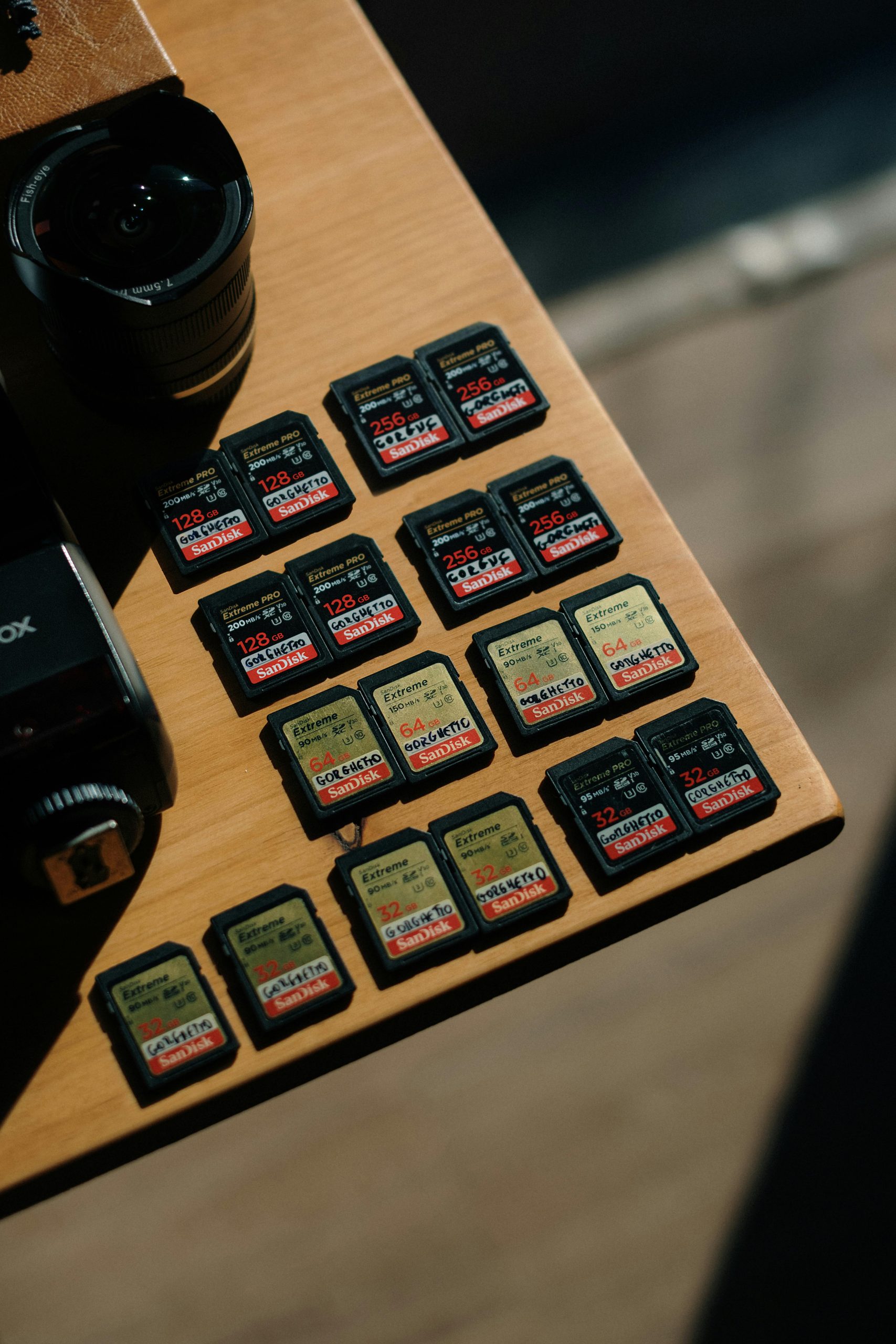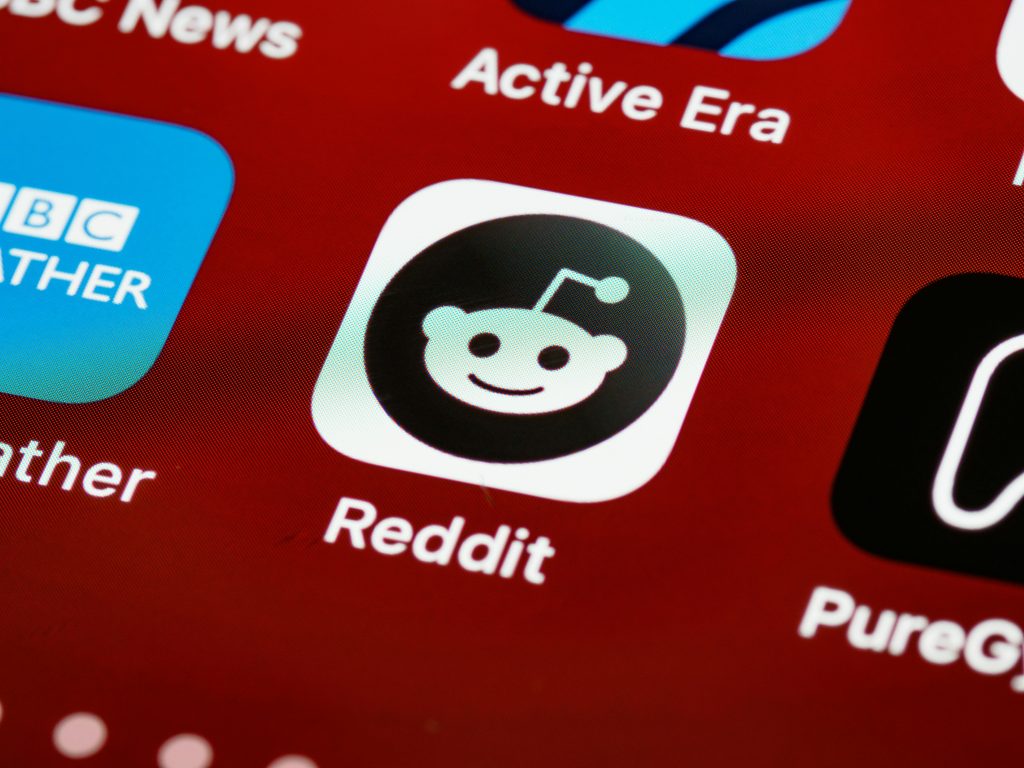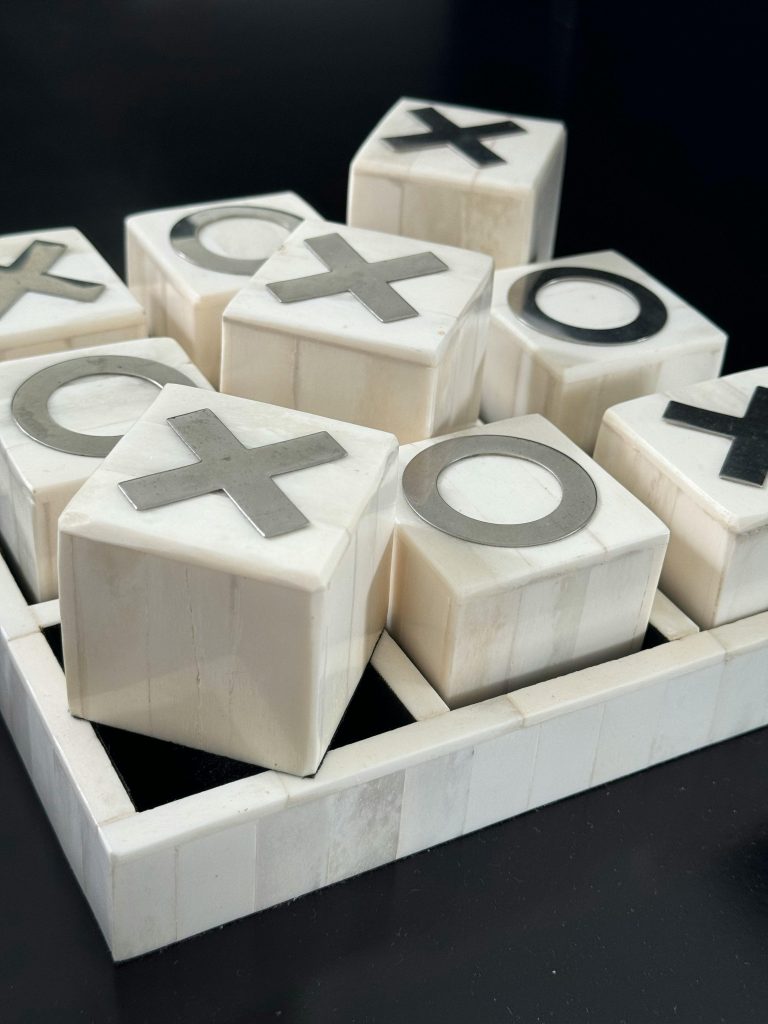Recovering Corrupted Audio Files from a Formatted SD Card: Strategies and Insights
Losing valuable audio recordings can be a distressing experience, especially when accidental formatting results in the loss of crucial data. Recently, a user shared their experience with attempting to recover audio files from a formatted SD card used in a Zoom H8 Field Recorder. Despite multiple recovery efforts, the files appeared corrupted, exhibiting static, white noise, or altered playback speeds. This article explores the challenges associated with recovering and repairing such files, as well as practical solutions to maximize your chances of restoring valuable recordings.
Understanding the Recovery Challenge
When an SD card is formatted—whether intentionally or accidentally—the file system’s directory structure is typically erased, making data recovery complex. Specialized recovery tools like DMDE, Disk Drill, and PhotoRec are designed to scan raw data and attempt to reconstruct files. However, these tools primarily recover files based on signatures and raw data fragments, which can be insufficient if the data has been overwritten or severely corrupted.
In the case shared, even after recovery, the files exhibited persistent issues:
– High static and white noise, with faint segments of the original audio.
– Playback distortions, including sped-up or slowed-down audio.
– Occasional complete loss of audio content.
Such artifacts are indicative of data corruption, which can result from partial overwrites, damaged file headers, or corrupted data blocks—common in data recovery scenarios following formatting or physical errors.
Is Restoration Possible?
The possibility of fully restoring corrupted audio files depends on several factors:
– Extent of corruption: If critical parts of the audio data or headers are damaged, recovery becomes more complicated.
– Type of corruption: Noise and distortion suggest that the original audio data is compromised, but not necessarily unrecoverable.
– Tools and techniques used: Some recovery tools are better suited for repair, especially when dealing with specific audio formats or corrupt headers.
Practical Approaches for Recovery and Repair
- Use Specialized Audio Repair Software
Applications like Audacity, iZotope RX, or Wave Repair offer tools to repair audio files by removing noise, interpolating missing data, or reconstructing damaged sections. For example:
– Import the recovered files into a digital audio workstation (DAW) or repair tool.
– Apply noise reduction or repair effects to reduce static.
– Attempt to restore portions of the audio that are distorted or sped-up.
- **Convert Files to a More Stable Format
Share this content:



